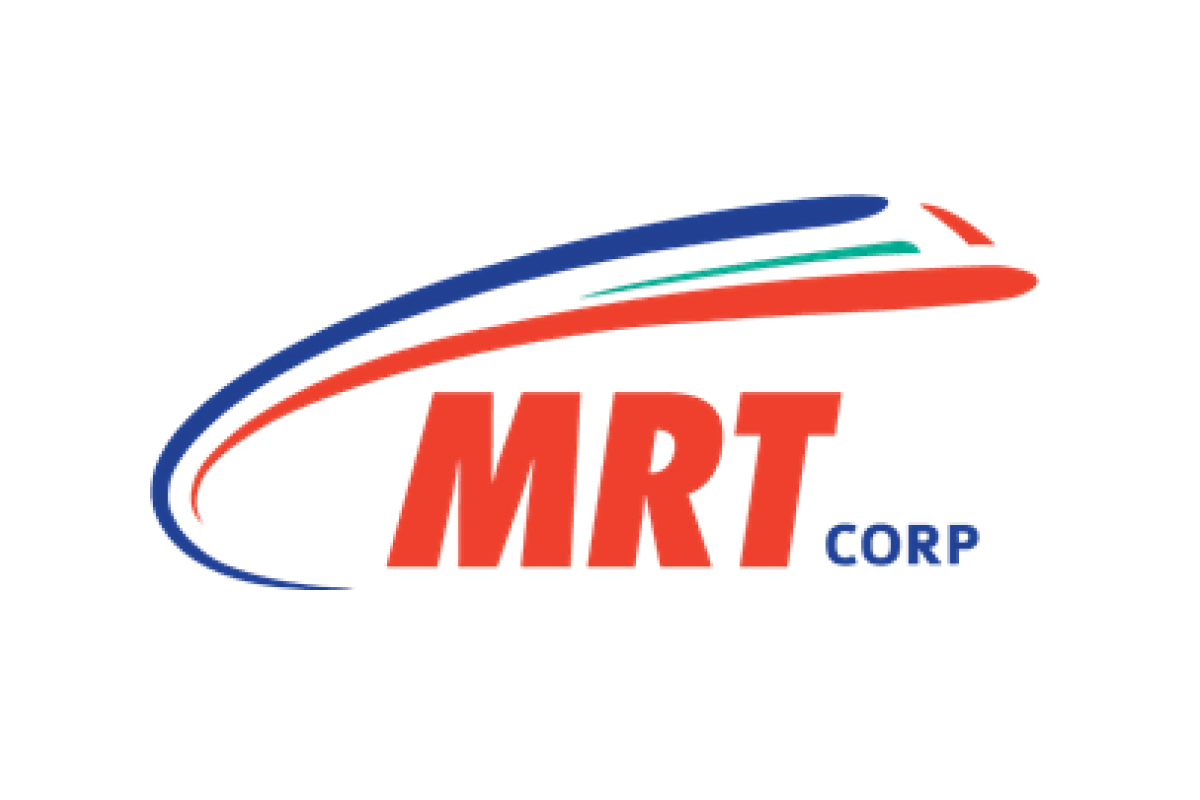
This article first appeared in The Edge Malaysia Weekly on March 21, 2022 - March 27, 2022
THE RM31 billion construction cost for the upcoming Mass Rapid Transit 3 (MRT3) Circle Line has come as a pleasant surprise. The amount is the same as that for MRT2, previously known as the Sungai Buloh-Serdang-Putrajaya line, for which construction commenced in September 2016 and is close to completion.
MRT3 will be 51km long, with 40km elevated and 11km underground. It will have 31 stations, 10 of which will be interchange stations. MRT3 will form a perimeter around Kuala Lumpur.
In comparison, MRT2 is 57.7km long, stretching from Kwasa Damansara to the federal capital of Putrajaya. It has 44.2km of elevated track and 13.5km running through underground tunnels. MRT2 has 36 stations, of which 27 are elevated and nine underground.
To put things in perspective, cement and steel prices, which are key elements in construction, have risen substantially over the past few years.
The Ministry of International Trade and Industry (Miti) Weekly Bulletin listed steel bar prices at between RM3,200 and RM3,350 per metric tonne on March 11 this year, up from RM2,300 to RM2,400 at end-2020.
An analyst who covers the construction sector says that cement is now at about RM18 per bag or RM360 per tonne, compared with about RM10 per bag or about RM200 per tonne prior to the pandemic.
This raises the question of how Mass Rapid Transit Corp Sdn Bhd (MRT Corp), the project developer and asset owner of all the MRT lines, hopes to contain the construction costs for MRT3.
In a brief conversation with The Edge, MRT Corp CEO Datuk Mohd Zarif Hashim merely says, “You will see more stringent conditions. I will brief the industry in due course.”
The construction of MRT3 consists of five main packages — two turnkey contractors for elevated works, one for underground works, one for integrated rail systems, and one project management consultant.
The 46km MRT1 (also known as the Kajang line) runs from Sungai Buloh to Kajang. With 9.5km running underground, it cost RM21 billion to build and commenced operations in December 2016.
A joint venture company of Gamuda Bhd and MMC Corp Bhd handled the tunnelling jobs for both MRT1 and MRT2. Some say the JV is the front runner to clinch the MRT3 tunnelling contract as well.
The underground works package for MRT3 — covering 11km, with six stations — could amount to RM10.7 billion, or 34% of the total RM31 billion construction cost, according to an analyst. This is after taking into consideration the fact that the MRT1 underground portion of 9.5km with seven stations cost RM8.2 billion while MRT2’s underground portion of 13.5km with nine stations cost RM13.1 billion.
While there has been talk of an international open tender for the tunnelling portion, The Edge understands that a restricted open tender is being considered, with the possibility of foreign companies participating with local partners, either via a JV or some other working arrangement. However, there is likely to be a requirement that the local company have majority control or drive the partnership.
It is also understood that measures are being taken to ensure that the parties awarded contracts are capable and will not merely contract the work out for margins.
11km underground portion
MRT Corp reduced the underground portion to 11km — or 21% of the 51km line — from previous estimates of about 20km.
The MRT3 map shows that there will be two underground tunnels, from Bukit Kiara to Jalan Kuching, and a shorter one from Bukit Kiara South to Universiti, in the Pantai area.
In an emailed response to questions by The Edge on why MRT Corp opted for elevated as opposed to underground stations, the Ministry of Finance-controlled entity explains, “The construction cost of the underground section is generally two to three times (depending on the geology) higher than the cost of the elevated section.”
Other than RM31 billion in construction costs, MRT Corp is also setting aside about RM8 billion for land acquisition.
The National Land Code (Underground Land) (Minimum Depth) Regulations 2017 was expected to considerably reduce costs, but it is not clear if this has been the case.
Under the regulation, the depth after which an acquisition need not be undertaken is 6m for agricultural land, 10m for building land, and 15m for industrial land. Under the new National Land Code, while the requirement for land acquisition in underground developments was removed, a compensation payment was made mandatory.
Replying to a question on the use of the National Land Code to reduce costs, MRT Corp says, “For the underground portion, the project still needs to acquire the land below the minimum depth. In Kuala Lumpur, the land below the minimum depth will be acquired as stratum title. Compensation must still be paid to landowners for limiting their land use beyond the minimum depth.
“The valuation process will be carried out by the Jabatan Penilaian dan Perkhidmatan Harta Kementerian Kewangan Malaysia (Valuation and Property Services Department).”
The Edge understands that the compensation payments for the use of land below the threshold depth could amount to as much as 60% of the acquisition value, which may have discouraged MRT Corp from taking this route.
There has been much scrutiny over the MRT construction costs ever since the Pakatan Harapan government managed to slash the overall costs by RM8.82 billion to RM31 billion. The above-ground or elevated portion itself was slashed by 23% to RM17.42 billion from RM22.64 billion.
There have also been comparisons lately to the tunnelling costs for the Light Rail Transit Line 3 (LRT3) project, which stretches from Johan Setia to Kayu Ara. The cost is considerably lower for the latter, albeit with different specifications and a much shorter tunnel.
Save by subscribing to us for your print and/or digital copy.
P/S: The Edge is also available on Apple's AppStore and Androids' Google Play.